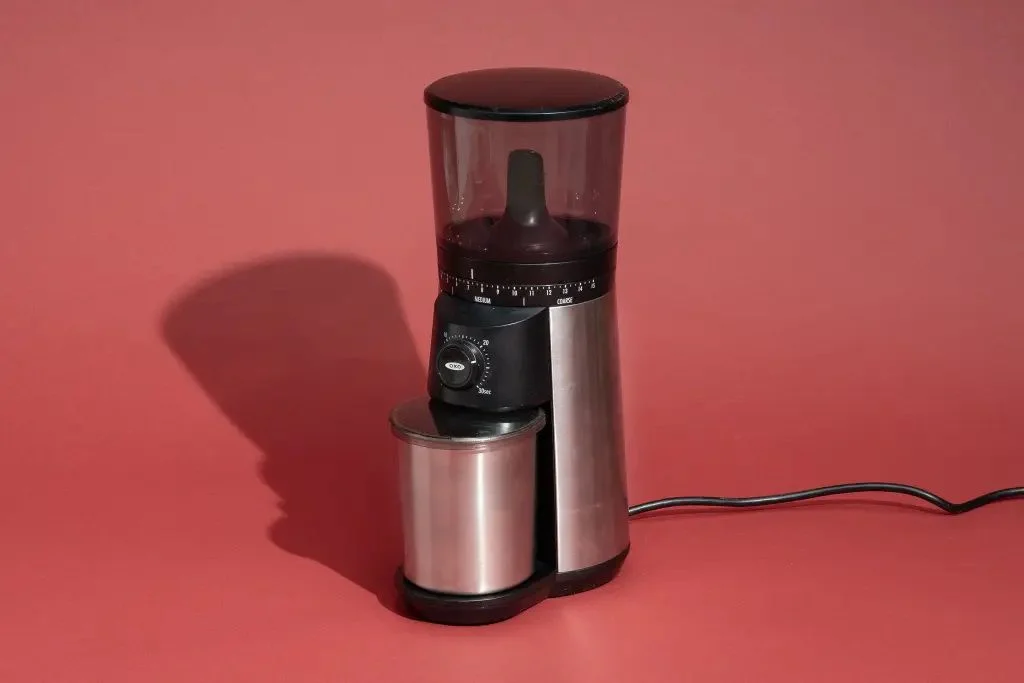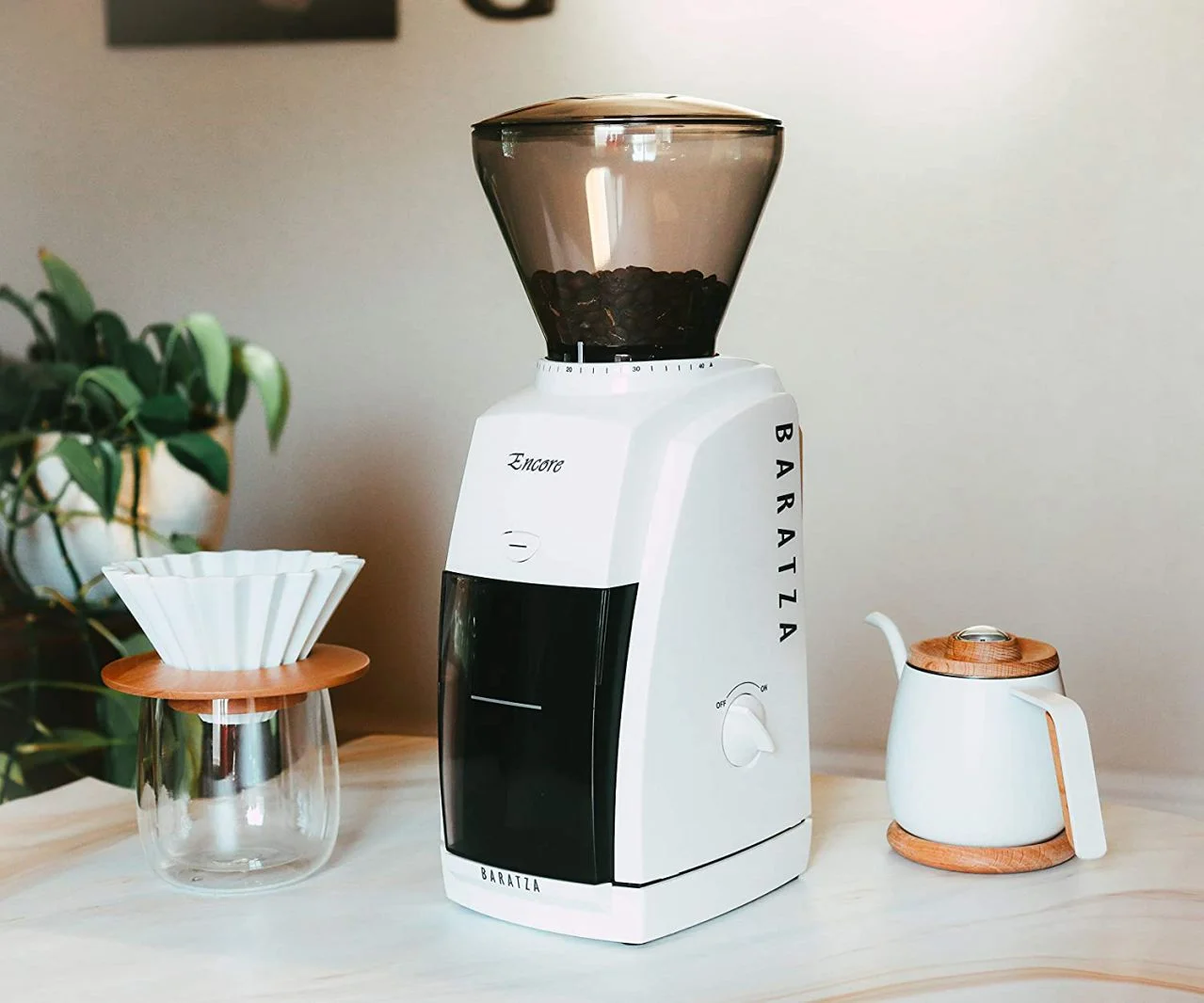Sure, your coffee maker can brew like a champ, but it will mean little if you’re creating subpar Coffee. Most coffee consumers are aware that preground Coffee may get old quickly, reducing the intensity and flavor of your beverage. Grinding fresh coffee beans before creating your hot morning cup or glass of cold brew is a simple way to elevate your Coffee to the next level.
Nonetheless, saying it is more straightforward than doing it. After all, the last thing you want to fiddle with first thing in the morning before your Coffee is a manual or hand grinder. This requires the use of an electric coffee grinder. A decent electric grinder will grind coffee beans consistently and provide ground coffee with the precise texture you want for maximum taste. These automated grinder gadgets help coffee consumer create their perfect cup, whether they use a drip coffee maker or a sophisticated espresso machine.
Keep reading if you’re seeking an electric coffee grinder that consistently grinds excellent Coffee. I’ve included my three favorites below and a list of the other electric heroes I’ve tested. With handy features and strong motors, the best Coffee grinding machines guarantee consistent grind quality (fine or rough, depending on the grind adjustment setting). They’re also simple to use and maintain.
Yes, our buyers’ guide list begins at $100, which is a little expensive, but that’s because I tried all of these coffee grinders, and the results from the budget set disappointed me. (See below for more information on the testing process, pros and disadvantages for each model, and a complete list of models that didn’t cut.) In the future, I’ll check to see if any other cheap grinding machines are worth the trade-off, and I’ll update this article accordingly.
Also, check out our Guides to the Best Coffee Products on the Market.

The Oxo Brew Conical Burr Grinder, which costs $100, is the best coffee grinder overall if you’re a coffee drinker looking for a good (relatively) cheap, all-purpose coffee grinder. The Oxo Conical Burr Coffee Grinder was the second-best grinder in my test group. The Breville Smart Grinder Pro, which costs $200, did the best grinding, but it cost half as much. On the other hand, the Oxo Brew Conical Burr Grinder can grind beans faster. Even though there are fewer coarse grind settings on Oxo’s machine, it is more flexible. In a pinch, you could also use the Oxo burr coffee grinder to make espresso. The stainless steel Oxo coffee grinding machine can make coffee grounds that are coarse enough for a siphon, French press, or cold brew. The Oxo Brew is also good because it is easy to clean and makes less mess than other grinders when it grinds. Even though $100 seems like a lot, remember that a good coffee and espresso grinder should last a long time.

The $139 Encore by Baratza is the ultimate simplicity. There is just one control on the Encore Conical Burr Grinder: a switch that turns it on and off. That’s not just simple. The grind is activated by repeatedly pushing a button on the front of the Encore. The particle size of the ground from the Baratza grinder was quite constant. The machine is also easy to clean and quieter than many of the other coffee grinders we’ve tried.

Look at this machine if you want a cup of espresso. With the brushed stainless steel Smart Grinder Pro, which costs $200, grinding will cost a bit more. The Smart Grinder Pro is the best coffee grinder for espresso, cup after cup if you want to make espresso at home. The kind you need to make good espresso or Turkish coffee. Also, of all the machines I tried, this one made grounds that were all the same size. The Breville comes with portafilter adapters for espresso machines and has 60 settings. But you should look elsewhere if you want to use a siphon, French press, or cold brew. Even on the coarsest setting, the grounds from this coffee bean grinder are too delicate for those methods.
So, how exactly do we test coffee grinders?
A good coffee grinder will make coffee grounds all the same size. Whether the hero is set to fine or coarse, the size of the ground coffee should match the setting. The size of the grounds should also match the instructions in the product handbook for making coffee.
Before we test each grinder for our coffee grinder reviews, we wash and dry by hand all the parts that the manufacturer says to. Then, we set each machine to the right level for drip coffee or automatic coffee brewers (as indicated by the manual). Sometimes the manual needs to give more details about what to do. In this case, we grind the coffee on the coarse, middle setting and then increase it by one coarse level (from the fine grind, such as an espresso grind, to coarse grind). If a grinder has 16 coarse grind settings, we’ll set it to coarse level 9. (assuming 16 is the most coarse grinding option and one is fine).
We measure out 10 grams of whole coffee beans to grind. Our test beans are Colombian roast from Kirkland. We use the same beans when we test coffee makers. (Please avoid passing judgment.) It pays to be thrifty when you grind as much coffee and espresso as we do.
After that, we put our test beans through a grinder. We also track how long it takes for the coffee beans to be ground by the hero. After that, we carefully gather the coffee grounds and put them through a two-screen sieve for one minute. For this, we use the Kruve Sifter. The first Kruve Two came with mesh screens of different-sized holes (800 and 400 microns). This step lets us determine our sample’s grind size and consistency. The Kruve Two has been changed to the Kruve Base, which has five mesh screens (300, 500, 800, 1,100, and 1,400 microns).
We used a Kruve coffee sieve system to ensure the ground coffee size was the same.
An excellent electric or hand coffee grinder will make grounds between 400 and 800 microns in size, and the blades should be made of stainless steel (at our chosen grind setting). The last step is to weigh the dirt that builds up between the two screens (800 microns top, 400 microns bottom).
A lousy grinder will make pieces that are different sizes, from big to small. This is a problem that blade grinders often have. A coffee grinder with steel or ceramic burrs makes grounds much more uniform than a blade coffee grinder.
The coffee grounds in the Oxo grinder are weighed for more accuracy.
Also, we grind at least twice more. Then we can figure out what each grinder’s average best output is.
Want to find out more? In addition to the ones above, here is a list of coffee grinders I tested for this review, whether you like a simple cup of fresh coffee, Turkish coffee, or espresso. Below is a graph showing the pros and cons of each grinding method and how it compares to the others. Now drink up!
Coffee Grinders Compared
| Baratza Encore | Bodum Bistro coffee grinder | Breville Smart Grinder Pro | Capresso Infinity Conical Burr grinder | Cuisinart Supreme Grind Automatic Burr Mill | Krups GX5000 | Mr. Coffee Electric 12-cup coffee grinder | Oxo Brew Conical Burr coffee grinder | |
|---|---|---|---|---|---|---|---|---|
| Average optimal yield (grams) | 2.6 | 3.9 | 6.5 | 2.9 | 1.8 | 1.9 | 1.8 | 3.2 |
| Percent optimal yield | 26.3% | 38.7% | 64.7% | 28.7% | 18.0% | 19.0% | 18.3% | 32.3% |
| Average grind time (seconds) | 26 | 9 | 10 | 10 | 33 | 19 | 12 | 7 |
| Price | $139 | $80 | $200 | $100 | $60 | $60 | $19 | $100 |


